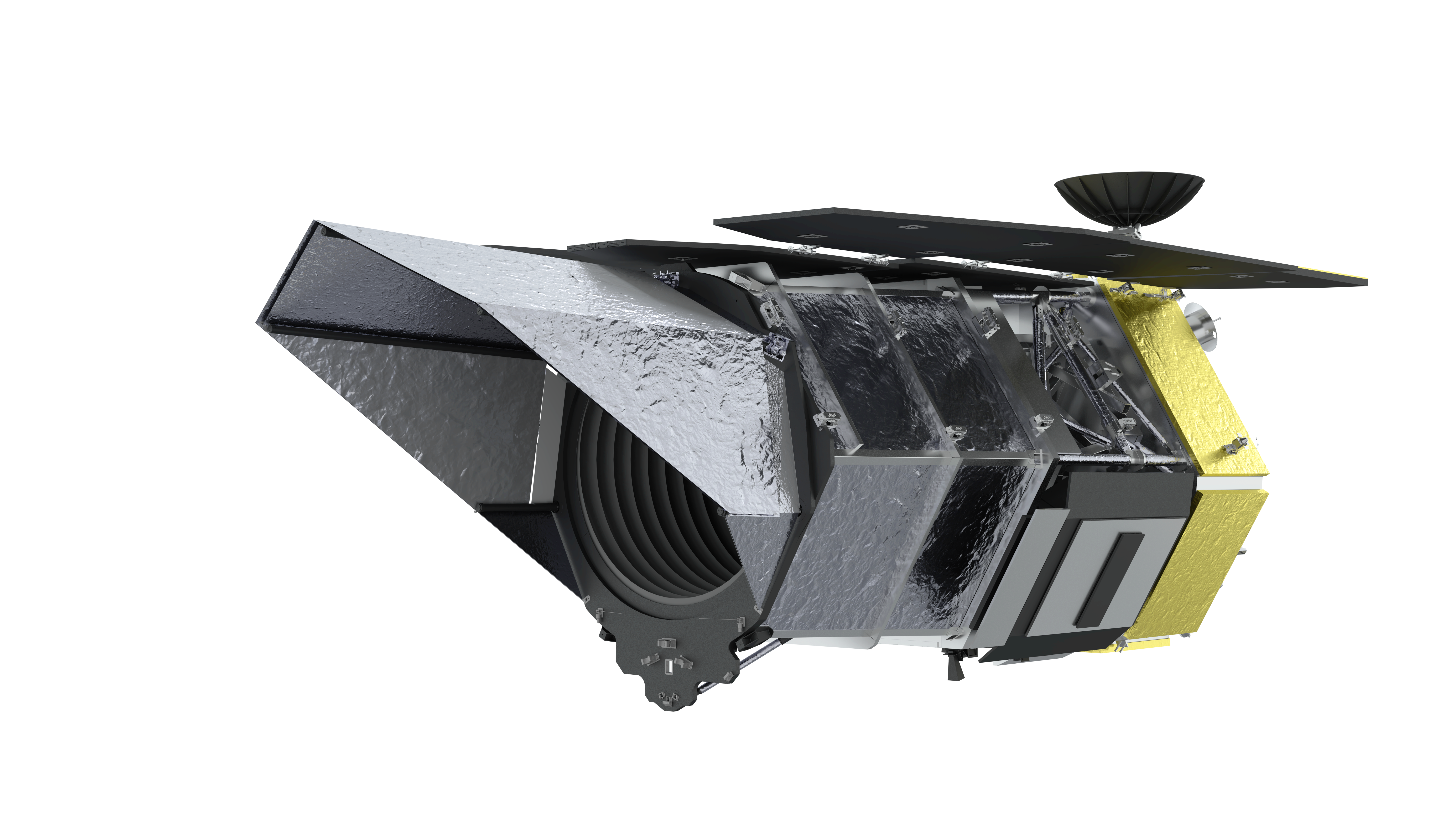In a groundbreaking mission set to launch by May 2027, NASA’s Nancy Grace Roman Space Telescope is poised to unveil unprecedented insights into the heart of our Milky Way galaxy. Armed with advanced infrared vision, this space telescope will embark on a quest to decipher the subtle flickers of stars, unravelling a celestial tapestry teeming with planets, distant stars, enigmatic icy objects, solitary black holes, and more.
The Roman telescope’s primary goal lies in time-domain astronomy, a discipline focused on observing the dynamic evolution of the universe. Its Galactic Bulge Time-Domain Survey will concentrate on the Milky Way’s central region, employing its unique infrared capabilities to pierce through veils of dust that obscure our view.
The mission will meticulously scrutinize the Milky Way’s core for microlensing events—a celestial choreography that unfolds when an object aligns precisely with a background star, magnifying its light. This subtle distortion in brightness, caused by the gravitational warp of a foreground mass, serves as an indicator of unseen celestial bodies.
Astronomers anticipate this ambitious survey, characterized by 15-minute interval imaging around the clock for approximately two months, to yield an extraordinary harvest of discoveries. It is anticipated to reveal over a thousand planets in far-flung orbits, some potentially situated in their star’s habitable zone. Moreover, it promises to uncover “rogue” worlds adrift in space, offering vital clues about planetary formation and evolution.
Roman’s gaze will extend to binary star systems, enhancing our understanding of planets that orbit two host stars, a phenomenon reminiscent of the fictional “Tatooine.” The mission is poised to explore the enigmatic realm of brown dwarfs—objects straddling the line between planets and stars.
Beyond exoplanets, Roman’s lens will uncover a multitude of cosmic anomalies, including neutron stars and stellar-mass black holes—remnants of massive stellar explosions. These elusive entities, often obscured without a visible companion, will be detected through the telescope’s reliance on gravitational cues.
In an impressive display of observational prowess, Roman will also unveil thousands of Kuiper belt objects, icy bodies lurking in the fringes of our solar system. Some will be revealed through direct reflection of sunlight, while others will obscure background stars, casting shadows that catch the telescope’s discerning eye.
Akin to a celestial pas de deux, 100,000 transiting planets will briefly dim the light of their host stars as they traverse their orbits—a testament to the mission’s unrivalled precision. This method will bring to light planets dwelling much closer to their stars, including potential candidates within habitable zones.
Moreover, Roman’s mission encompasses stellar seismology studies on a million giant stars, unlocking their inner secrets through the analysis of luminosity fluctuations caused by sound waves reverberating within.
The Galactic Bulge Time-Domain Survey, accounting for a fraction of Roman’s five-year primary mission, promises a cornucopia of scientific revelations. With its expansive vista of the cosmos, this mission will redefine our understanding of a universe in perpetual flux.
The Nancy Grace Roman Space Telescope, overseen by NASA’s Goddard Space Flight Center, boasts collaborative efforts from NASA’s Jet Propulsion Laboratory, Caltech/IPAC, the Space Telescope Science Institute, and a diverse science team hailing from esteemed research institutions. Principal industrial partners include Ball Aerospace and Technologies Corporation, L3Harris Technologies, and Teledyne Scientific & Imaging.





